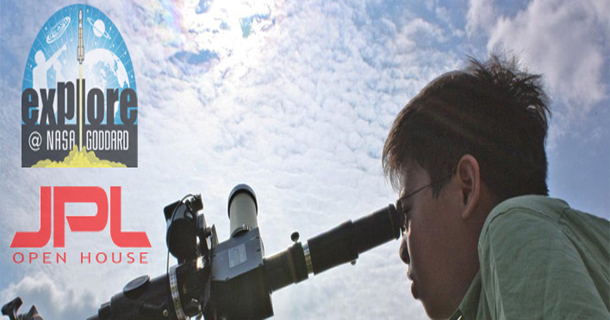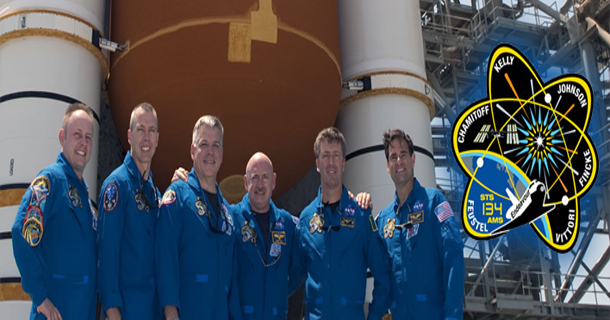 NASA has selected seven scientists as recipients of Carl Sagan Postdoctoral Fellowships in exoplanet exploration for 2010. The Sagan Fellowships support outstanding recent postdoctoral scientists in conducting independent research broadly related to the science goals of NASA's Exoplanet Exploration Program. That program's primary goal is to discover and characterize planetary systems and Earth-like planets around other stars.
NASA has selected seven scientists as recipients of Carl Sagan Postdoctoral Fellowships in exoplanet exploration for 2010. The Sagan Fellowships support outstanding recent postdoctoral scientists in conducting independent research broadly related to the science goals of NASA's Exoplanet Exploration Program. That program's primary goal is to discover and characterize planetary systems and Earth-like planets around other stars. "The Sagan Fellowship identifies and supports the most promising young scholars who are passionate about the scientific search for and study of planets beyond our solar system," said Charles Beichman, executive director of the NASA Exoplanet Science Institute at the California Institute of Technology in Pasadena. "These young scientists combine interest in the fields of astronomy, astrobiology or geophysics with expertise in theory, observation, or state-of-the-art instrumentation. They are following a trail blazed by Carl Sagan -- after whom the fellowship program is named -- that may one day lead to the discovery of life on worlds other than Earth."
The program, created in 2008, awards selected postdoctoral scientists with stipends of approximately $62,500 for up to three years, plus an annual research budget of $16,000. Topics range from techniques for detecting the glow of a dim planet in the blinding glare of its host star, to searching for the crucial ingredients of life in other planetary systems.
In addition to the Sagan Fellowships, NASA has two other astrophysics theme-based fellowship programs: the Einstein Fellowship Program, which supports research into the physics of the cosmos; and the Hubble Fellowship Program, which supports research into cosmic origins.
The 2010 Sagan Fellows are:
--Diana Valencia, who will work at the Massachusetts Institute of Technology, Cambridge, to study the internal structure, composition and physical evolution of super-Earths.
--Emily Rauscher, who will work at the University of Arizona, Tucson, to investigate the atmospheric conditions necessary to achieve large-scale variability in hot Jupiters. A hot Jupiter is a planet roughly the size of Jupiter that orbits very close to its parent star.
--Lucas Cieza, who will work at the Institute for Astronomy at the University of Hawaii, Honolulu, to study the disks of gas and dust around young stars where there is evidence of planets being formed.
--Ivan Ramirez, who will work at the Carnegie Observatories, Pasadena, Calif., to develop new methods for finding planets based on chemical analyses of their stars.
--Jacob Bean, who will work at Harvard University, Cambridge, Mass., to carry out a sensitive search for planets around the smallest stars by carefully measuring the stellar wobble produced by the planet.
--Laurent Pueyo, who will work at Johns Hopkins University, Baltimore, Md., to use adaptive optics observations to directly image planets around other stars.
--Aaron Boley, who will attend the University of Florida, Gainesville, Fla., to study the formation of gas giant planets, particularly the formation and heating of large solids in the initial stages of planet-building.
A full description of the 2010 fellows and their projects, and other information about these programs is available at:
http://nexsci.caltech.edu/sagan/2010postdocRecipients.shtml .
More information about NASA's Astrophysics Division is at:
http://nasascience.nasa.gov/astrophysics .
The Sagan Fellowship Program is administered by the NASA Exoplanet Science Institute as part of NASA's Exoplanet Exploration Program at the Jet Propulsion Laboratory in Pasadena, Calif. The California Institute of Technology manages JPL for NASA.





 9:51 PM
9:51 PM
 Nasa Information
, Posted in
Nasa Information
, Posted in